Ancient Synagogue Land Survey Inscription
from Crocodilopolis,
Egypt: 113 BC
Synagogue Inscriptions
from the Oldest Synagogues in the world
|
Crocodilopolis, Egypt: 113 BC
|

A. Synagogue Inscription:
1.
Inscription text:
a.
Col. II: “Situated to the north, a sacred
garden the property [total: 2.5 acres] of Hermione daughter of
Apollonides (5 13/32 arourai). Of these a quarter (of an aroura) is occupied by
a storehouse, 1/32 by an empty dovecote, and 5 1/8 are waste land. Neighbours: to the
south, waste land belonging to Demetrios the Thracian; to the north, a prayer
hall1 [proseuche]; to the west
the city boundary; to the east the canal of Argaitis. Situated to the north, a
Jewish prayer hall [proseuche] represented by Pertollos, and a sacred garden cultivated by a tenant,
Petesouchos son of Marres, of 3 13/16 arourai and 1 1/2 arourai [1 acre] planted
with flowers and vegetables. Neighbours: to the
south Hermione daughter of Apollonides; to the north and west the city
boundary; to the east the canal of Argaitis. Situated to the north, and
narrowing to the west outside the city for 4 1/2 schoinia, Sarapion, who holds
from the Queen 1 aroura of sacred land, of which
half is occupied by empty houses, and half is unoccupied”
b.
Col. III: “Neighbours; to the south the Jewish prayer hall1 [proseuche]; to the north and west the
city boundary; to the east the canal of Argaitis. Northwards as far as the city
boundary...”
2.
Epigraphic Evidence: Greek Synagogue text on papyrus
3.
Provenance: Tebtunis, Egypt, 1902 AD
4.
Current location: P.Tebt.0085, Bancroft Library, Berkley University.
5.
Synagogue Occupation Date (SOD) =
Excavation date + Inscriptional date + Literary date = 240 BC
a.
SOD
computation system details
b.
Excavation date: none
c.
Inscriptional date: Crocodilopolis 240 BC
d.
Literary date: 113 BC and Crocodilopolis
113 AD
6.
Contemporary Rulers: Ptolemy IX Soter II King of Ptolemy (116-107
BC)
7.
References:
a.
CPJ: Corpus Papyrorum Judaicarum, Tcherikover, vol 1, no. 1.134,
1957 AD
8.
Related Literary references:
a.
Acts 16:13
b.
Philo, Embassy 132-134
c.
Josephus, Life 277
9.
Further documentation and comments:
a.
This papyrus is a record of a land survey.
b.
This is probably the same Synagogue as in the Synagogue inscription
that dates to 240 BC and also one of the two synagogues referenced in the
papyrus of 113 AD around the time of Trajan.
c.
Synagogue inscription at Crocodilopolis 240 BC
d. This
Synagogue papyrus references two different synagogues in 113 AD at the time of
Trajan: Crocodilopolis
113 AD
B. Inscription footnotes:
1.
Lit. proseuche = house of prayer, synagogue
2.
The land and outbuildings of the “Synagogue plantation”: This was
probably typical of all synagogues everywhere.
a.
The “Synagogue plantation” is about 2.5 acres in total size.
b.
A formal Synagogue building called a “prayer hall”
c.
a sacred garden for flowers and vegetables cultivated by a tenant
who lived in a house on site
d.
a storehouse
e.
an unused dovecote
f.
waste land
g.
sacred land
h.
several additional guest houses, half of which were occupied for visiting
preachers or other important out of town guests.
By
Steve Rudd 2017: Contact
the author for comments, input or corrections
|
Quick links
|
|
|
Ancient Synagogues
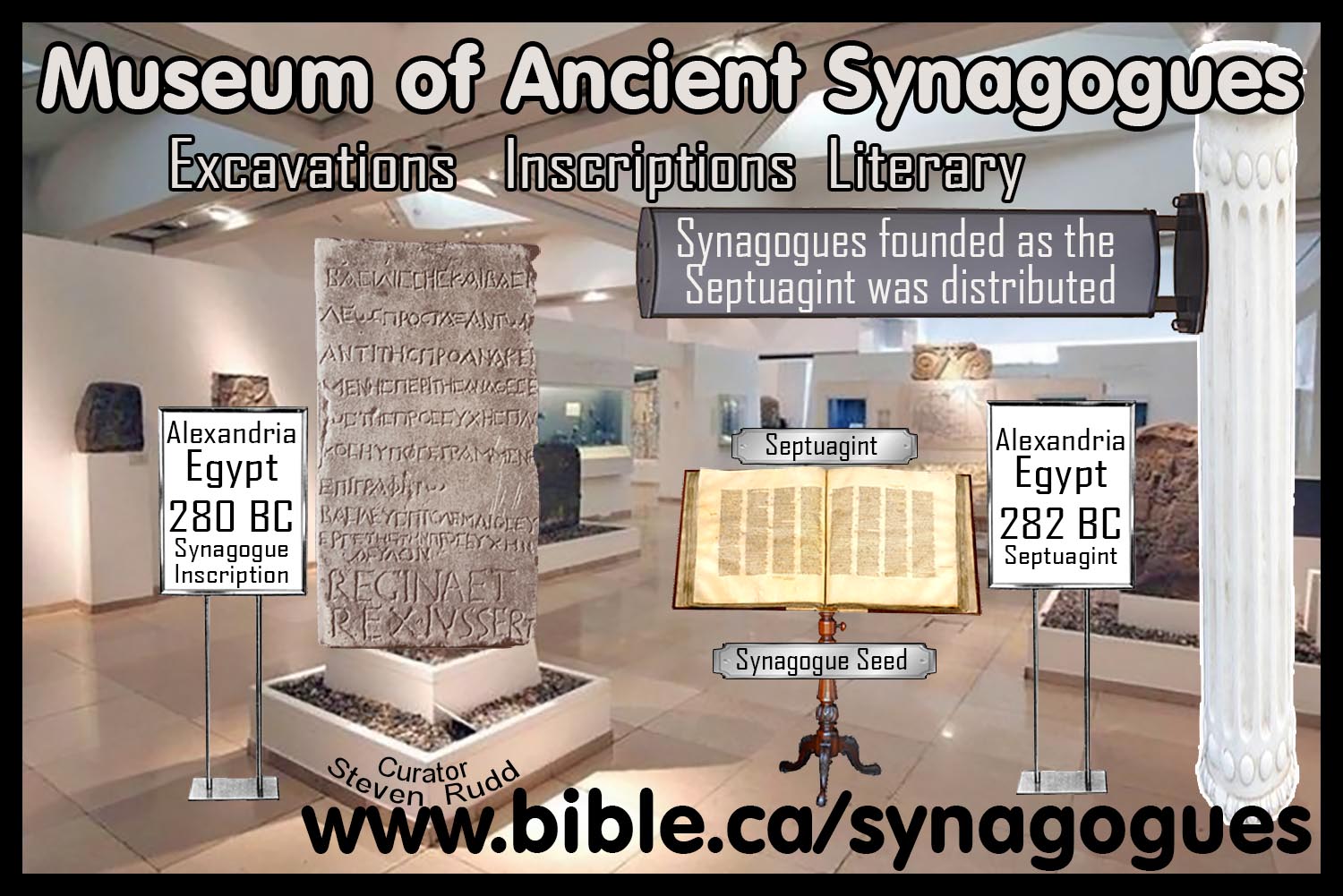
Go to: Main Start Page
|
|
|
By Steve Rudd
2017: Contact
the author for comments, input or corrections
|
|
|
Quick links:
Master introduction: Summary overview is the place to start to tie it all
together.
Providence: God’s
eternal plan: The providential transition from Temple to Synagogue to Church
Origin: Synagogues
originated at Alexandria Egypt in 280 BC spawned by the Septuagint
Jesus the Messiah of the Tanakh:
1.
First Century Jewish Messianic Expectation: As
witnessed in the Dead Sea scrolls.
2.
Looking for the wrong thing: Mistaken
Jewish ideas of the Messiah in 30 AD.
3.
Jesus fulfilled Prophecy: Master
list of fulfilled messianic prophecies
4.
Jesus fulfilled Prophecy: "He
shall be called a Nazarene (branch)" Matthew 2:23
5.
Jesus fulfilled Prophecy: “Jesus
would rise the third day” 1 Corinthians 15:3-4
Synagogue Architectural Prototypes in the Church:
1.
Standard architectural synagogue typology: Introduction,
Master Chart
2.
Mikveh for Ritual Purity: The
Christian Maker
3.
Ritual purity stone Vessels: Stoneware
cups and wash basins
4.
Freestanding Columns: Antitype
of Christians
5.
Artwork: Heart-Shaped
Columns
6.
The bema: Prototype
of the Church Pulpit
7.
Synagogue Benches: Metaphor
of Equality in Christ
8.
Women Seating in Synagogues: Not
segregated from men
9.
The Moses’ Seat: Metaphor
of Pride
10.
Niches & Ark of The Scrolls: Prototype
of Church Apse
11.
Table of the Scrolls: Prototype
of Communion Table
12.
Byzantine Church Architecture: Octagonal
and Basilica
13.
Orientation: Early
Synagogues did not Point to Jerusalem
14.
The Church replaced the Temple: Replacement
theology is pure Christianity
Synagogue Worship Prototypes in the Church:
15.
Worship prototypes: Introduction
and Master Summary Chart
16.
Collective Names of Synagogues: House
of Prayer, Temple, Church
17.
Organization of Synagogues: Elders,
officials, attendants, Independent, autonomous
18.
Attendance: Weekly
Sabbath Assemblies in Synagogues absent from Tanakh
19.
Public Bible readings: Preaching
and Teaching In Synagogues
20.
Greek Septuagint: The
Standard Tanakh of every ancient synagogue
21.
Greek Septuagint scroll of the Twelve Minor Prophets written in 50 BC
22.
Prayer in Synagogues: “House
of prayer” Proseuche
23.
Food: Sacred
Passover Meals, No Common Meals In Synagogues
24.
Sermon Topics in Synagogues: How
Christians used the Tanakh to convert Jews
25.
Singing in Synagogues: Non-Instrumental
Acapella Responsive Singing
26.
Benevolence Money: Freewill
Weekly First fruits Collections for poor in Synagogues
27.
Education: Schools
and Literacy of Jews In Synagogues
28.
Role of Women in Synagogues: Never
leaders, preachers but never segregated
29.
Sanctuary Status: Refugees
seeking Asylum in Synagogues
30.
Appendages: Hostels,
Housing and Food Banks in Synagogues
31.
Civil Court: Judgements,
beatings and scourging in Synagogues
32.
Civic Meetings: Political
Town Hall assemblies in Synagogues
33.
Christians replaced Jews: Replacement
theology is pure Christianity
Synagogue Occupation Date (SOD)= Excavation date + Inscriptional date + Literary
date
Allusions: Synagogue
worship allusions and imagery in the New Testament
Master builder Stonemason Jesus: “Upon
this Rock I will build My church”
Everyday life: Archeology of Everyday Life and Homes at the time of
Jesus
Master List: Master list of
First Temple Period, Pre-70 AD Synagogues
Attend a church you can read about in the Bible: Click here to find
a church near you.
By Steve Rudd 2017: Contact the author for
comments, input or corrections
|
|
|
|
|
|
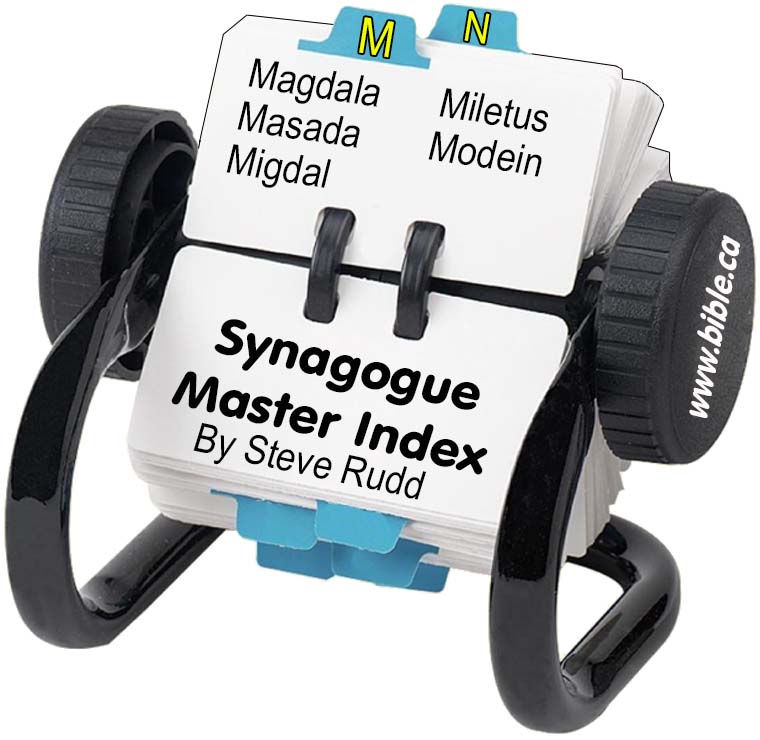
Go to:
Master Synagogue List
|
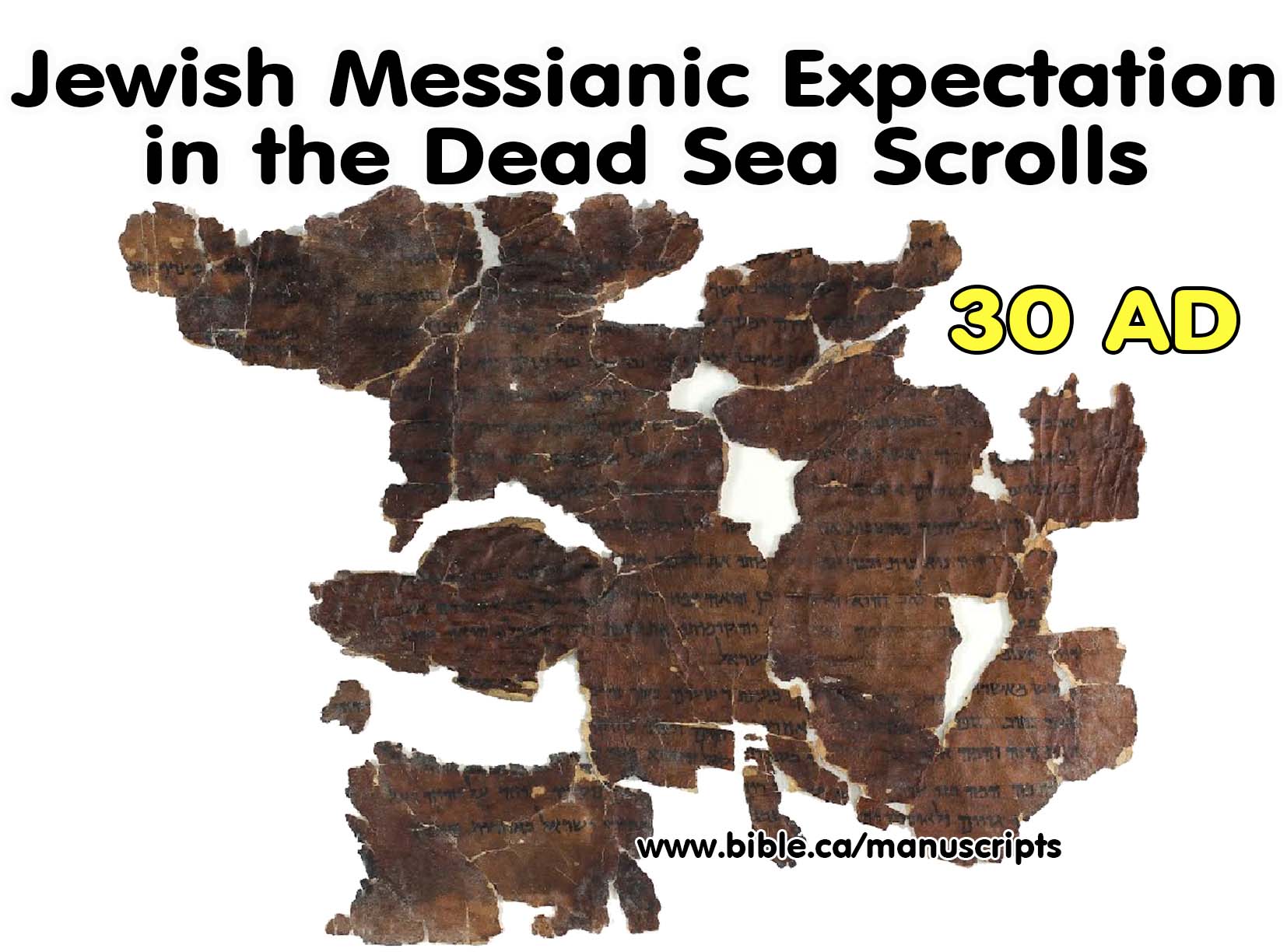
Go to:
Jewish
Messianic Expectations in DSS
|
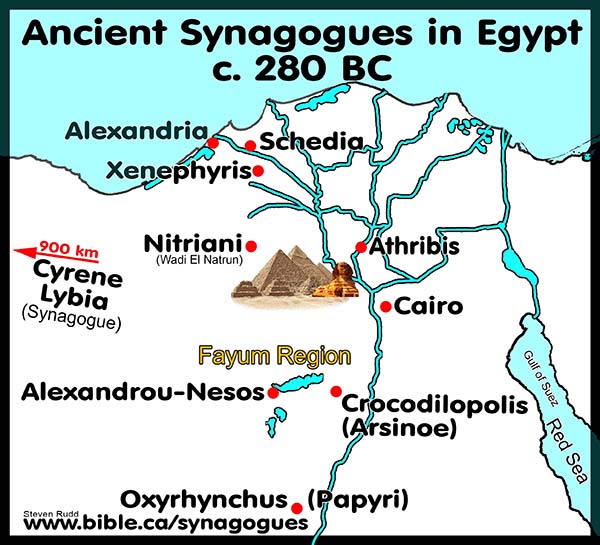
Go to:
Map
of Synagogue Sites
|
|
|
|
|
|
Excavations
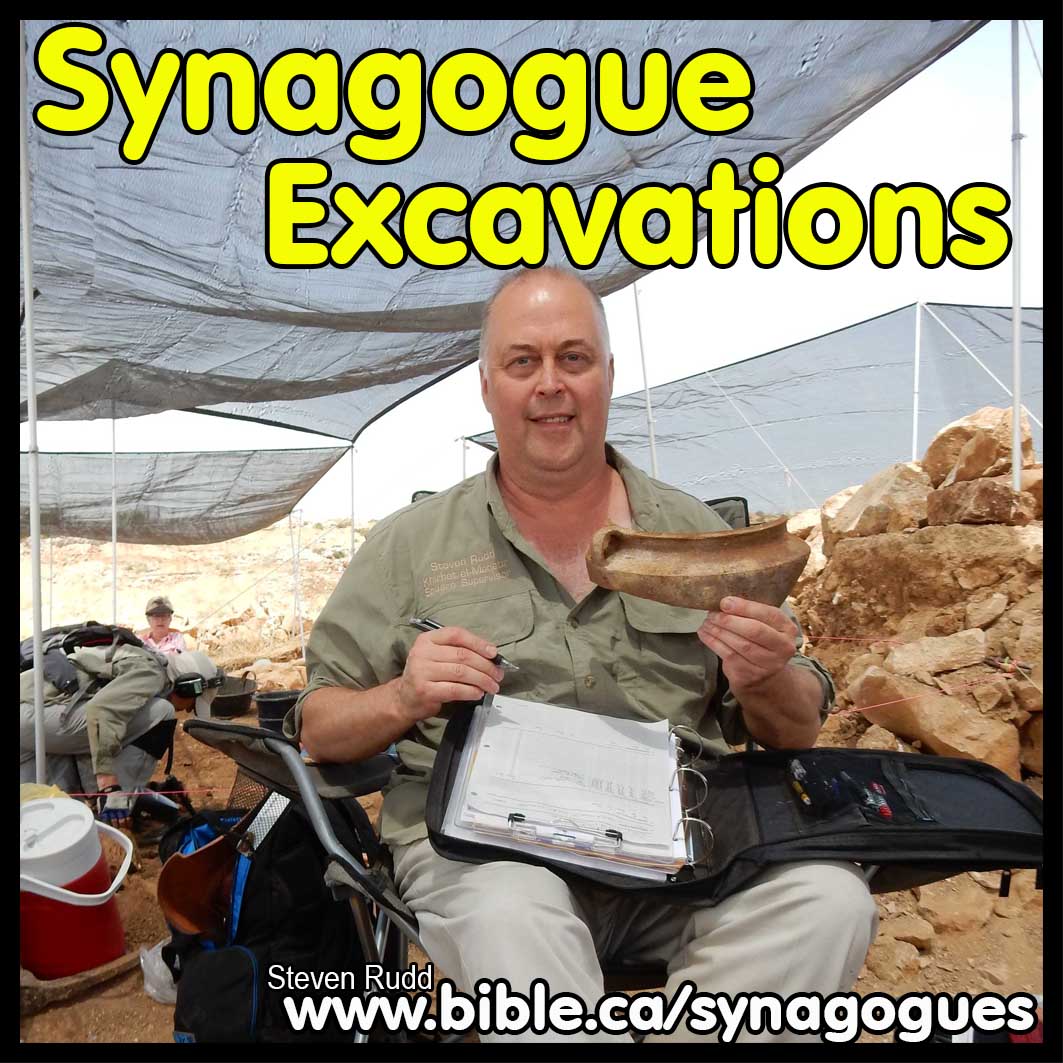
|
Inscriptions
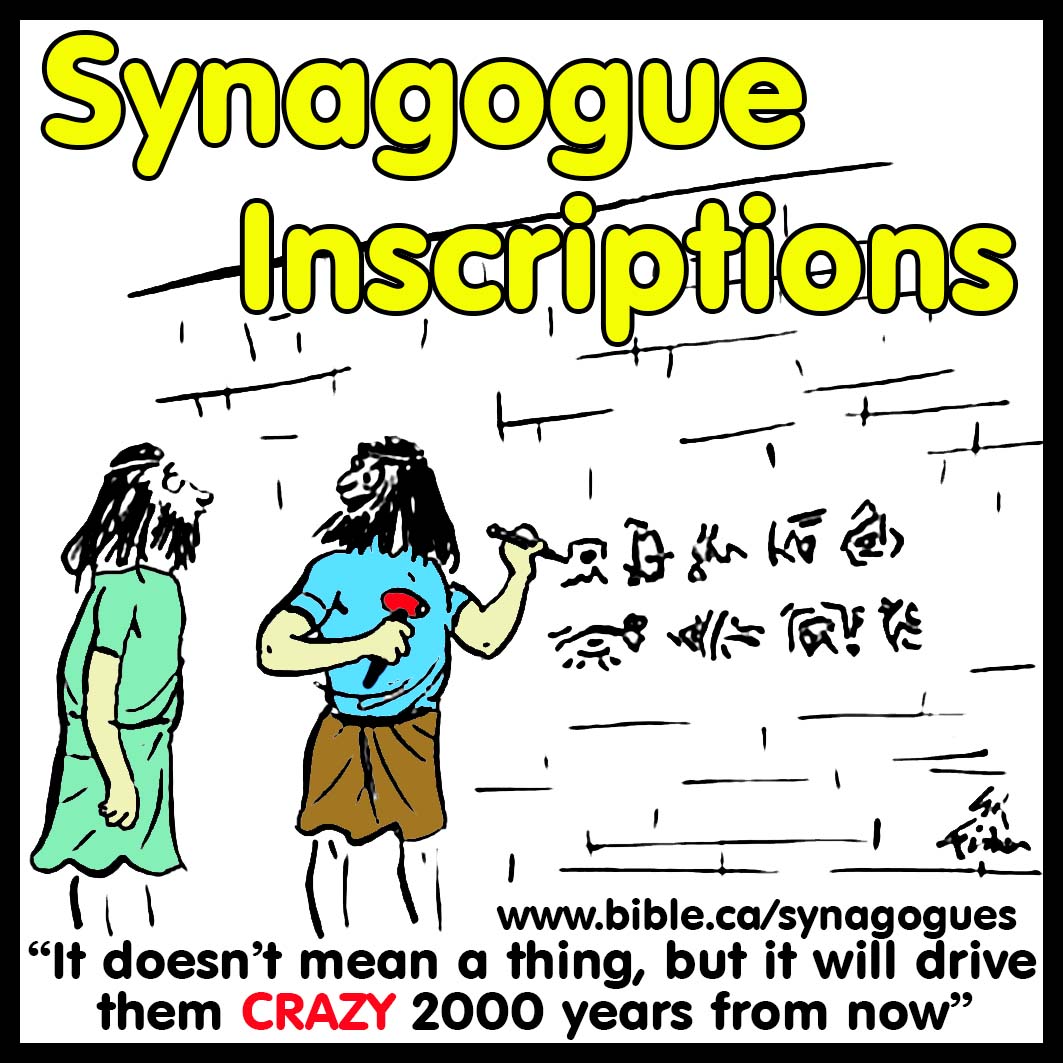
|
Literature

|
|
|
Go to:
Synagogue
Excavations
|
Go to:
Synagogue
Inscriptions
|
Go to:
Synagogue Literary
Sources
|
|
|
|
|
|
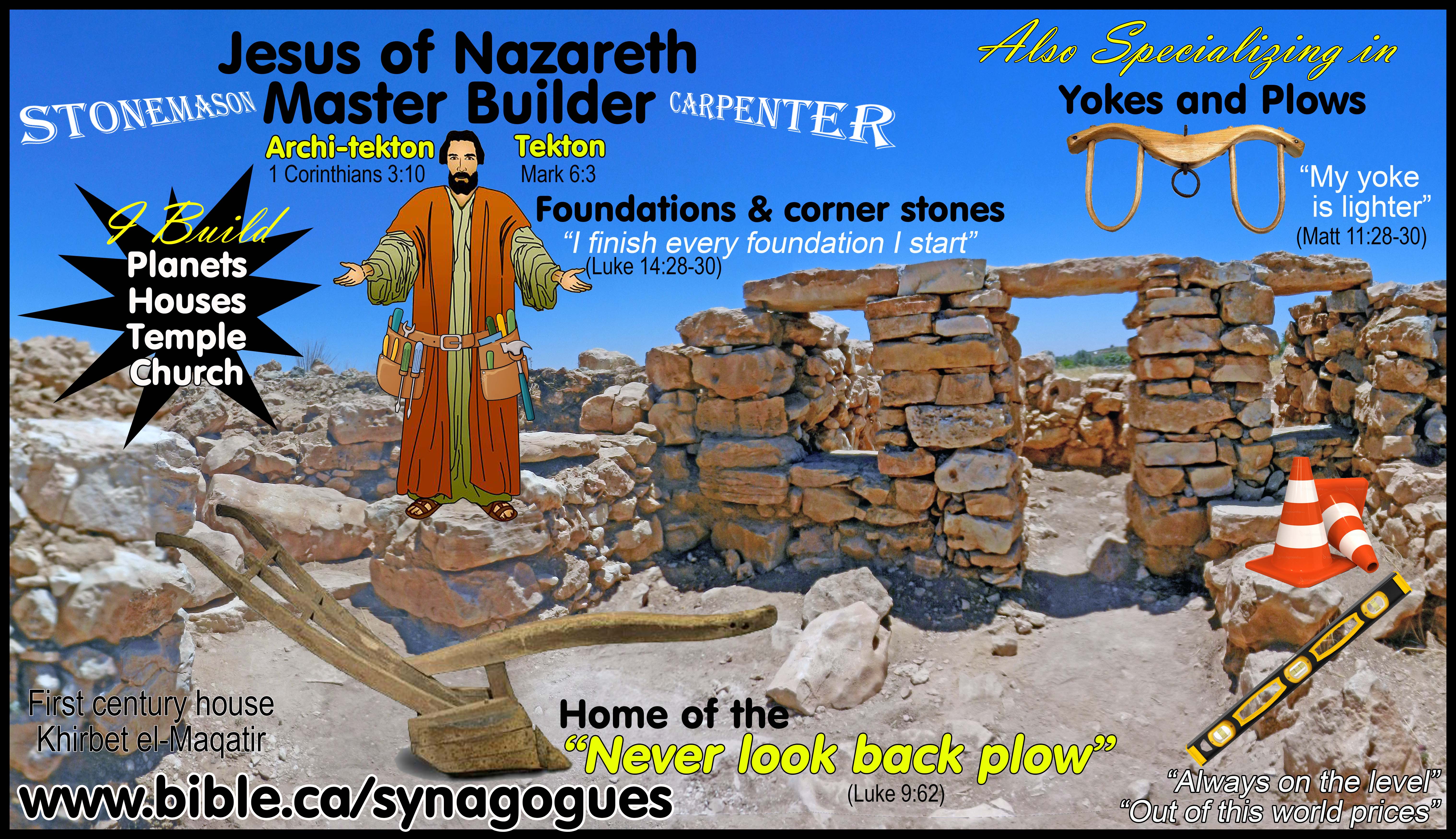
Jesus
Master Builder of the Church/Temple
|
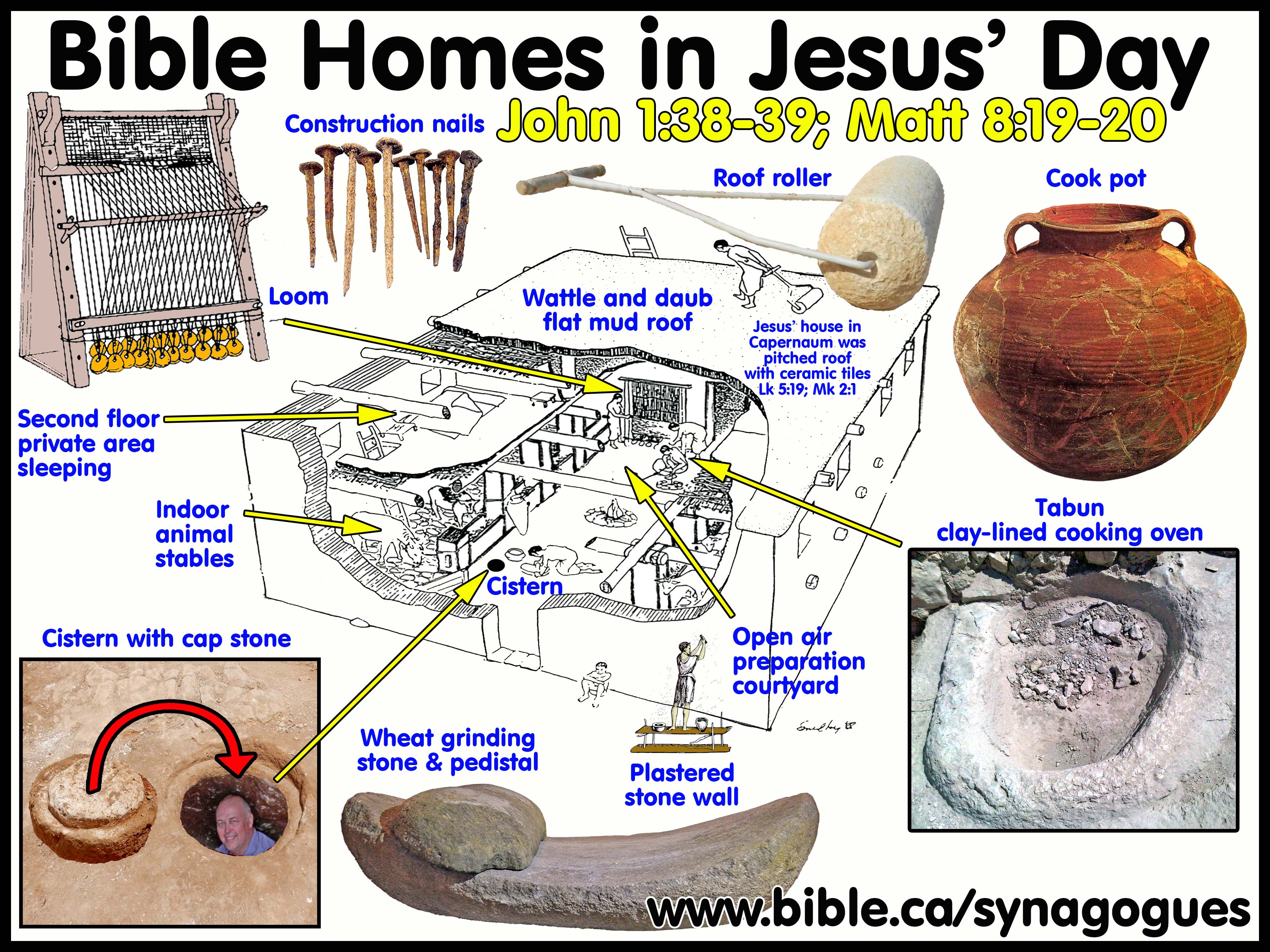
Archeology
of First Century Houses
|
|
|
By Steve Rudd 2017:
Contact the author for
comments, input or corrections
|
|
|
|
|
|
|
|
|
|
|
|
|
|
|
|
|
Jesus your messiah is
waiting for you to come home!
|
|

|
Why not worship with a first century New Testament church
near you, that has the same look and feel as the Jewish Synagogue in your own
home town. As a Jew, you will find the transition as easy today as it was for
the tens of thousands of your forefathers living in Jerusalem 2000 years ago
when they believed in Jesus the Nazarene (the branch) as their messiah. It’s
time to come home!
Click here to find
a church near you.
|
By
Steve Rudd: Contact
the author for comments, input or corrections.

Go to: Main Ancient Synagogue Start Page
Go To Start: WWW.BIBLE.CA











